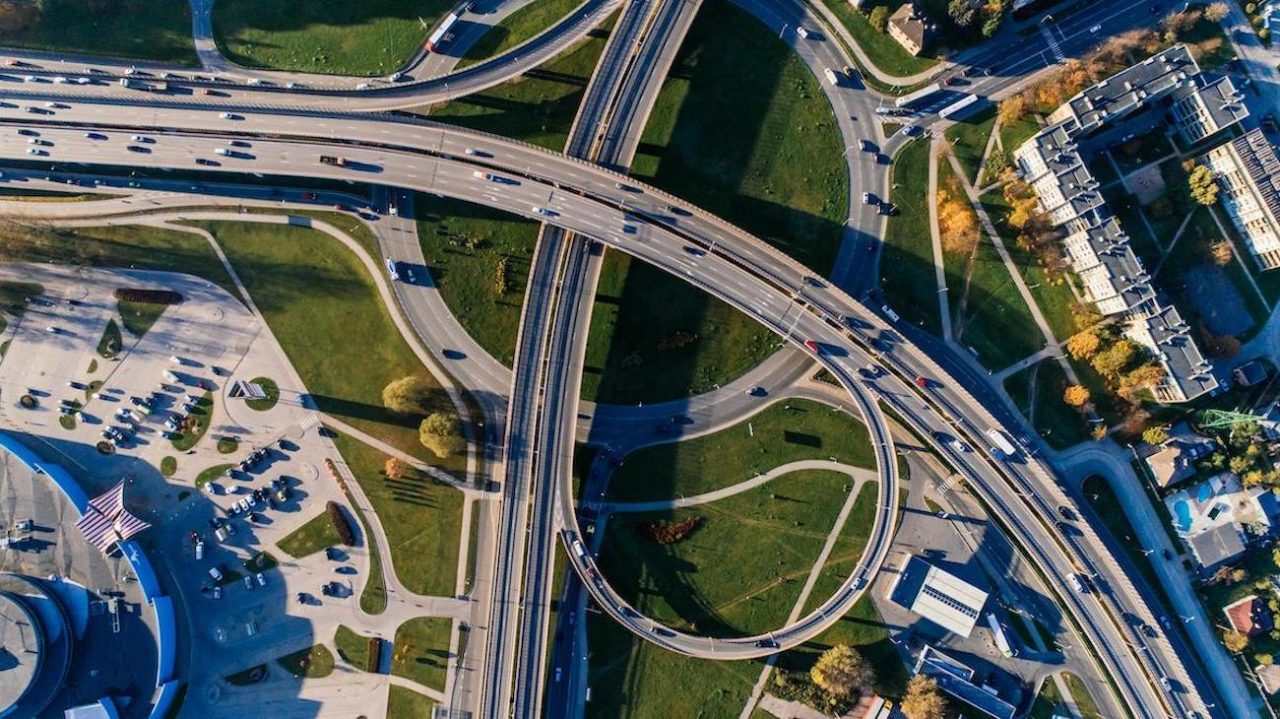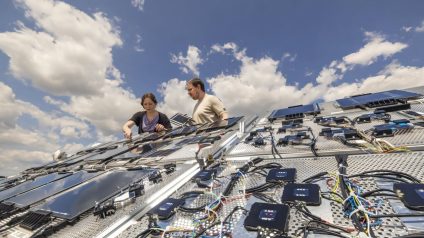From 2020 to 2025, cyberattacks have significantly impacted the entire transportation sector, from aviation to logistics.

Transportation systems under growing cyber threat
The transportation industry has become one of the most targeted by cybercriminals. In just five years, major cyberattacks have surged by 48%, growing from 12 incidents in 2020 to 60 projected in 2025, according to a new report from the Cyber Defense Center of Maticmind.
The report identifies ransomware as the primary threat, accounting for 38% of attacks, followed by DDoS (24%) and phishing (18%). Globally, air transport is the most affected segment (32%), followed by rail (28%), maritime (24%), and road transport (16%).
Cybersecurity shift needed to protect critical transport infrastructure
Cyberattacks in this context refer to malicious actions that can seriously compromise, damage, or even permanently disable digital systems within transport-related companies or public entities. When it comes to moving people, goods, or managing logistics, the impact of such breaches can be significant.
“Protecting critical infrastructure requires a paradigm shift. Passive defense is no longer enough. A proactive, risk-based approach is essential to prevent cyberattacks, not just respond to them,” says Lorenzo Forina, CEO of Maticmind Group. “Significant investments in data protection, infrastructure resilience, and advanced security systems are now crucial.”
Road sector leads in cybersecurity spending
Although air transport remains the primary target for cybercriminals (32%), followed by rail (28%), maritime (24%), and road (16%), the road sector is seeing the fastest growth in cybersecurity investment, with a 30% increase in 2024. This rise is driven by the fact that nearly 60% of ransomware attacks hit supply chains, threatening millions of credentials and sensitive data.
Ports and airports are also increasingly under siege, with hackers deploying more sophisticated and aggressive methods. Each breach comes at a high cost. In aviation, the average cost per incident exceeds €580,000. In rail, it’s around €420,000, in maritime €320,000, and in road transport approximately €180,000. These direct costs cover system recovery, forensic analysis, possible ransom payments, and fines. Indirect costs, often even more damaging, include service disruptions, reputational loss, reduced productivity, and rising insurance premiums.
New technologies bring new cybersecurity risks
While digital innovation has made transportation more efficient, it has also introduced new vulnerabilities. Cyber threats are increasingly targeting transport systems as operational technology (OT) and IT systems merge. This integration creates openings for techniques like spoofing (pretending to be someone else) and jamming (disrupting signals), which can mislead or paralyze control systems.
The growing presence of IoT devices, such as road sensors, and the rollout of 5G further expand the attack surface, enabling complex threats like smart botnets (networks of infected devices used for attacks) and shadow AI (malicious or hidden artificial intelligence tools).
“We are entering a new era of mobility, where the digital world shapes the physical in real time. The cyber-kinetic convergence is no longer abstract, it is the foundation of a smart, resilient transportation ecosystem,” says Pierguido Iezzi, Director of the Cybersecurity Business Unit at Maticmind. “In a hybrid warfare scenario, digital weaknesses in critical infrastructure can have immediate real-world consequences. Cybersecurity is no longer just about data protection, it now safeguards the physical safety of people, vehicles, and infrastructure.”













